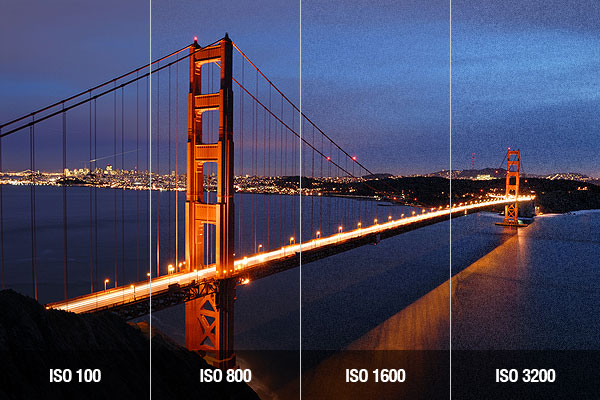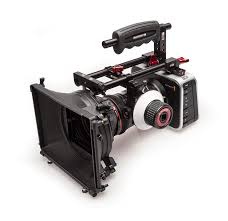After chatting with a few people I thought I would throw out two thoughts on the sensitivity of modern sensors and the ignorance that is rampant …
By now if a camera does not shoot in the dark at 128,000 iso (I wrote 3 zeros) it seems to be unusable, in fact the cinema has always stocked itself with 128,000 iso film … of course …
when I said I used a digital camera that works at 400 iso I was taken for a fool, and they thought I was talking about a very old product.
Cinema is about sensitivity and light, light that you receive, that you capture, that you reflect …
When cinema meets adventure Fitzcarraldo
If you shoot documentaries, I can understand looking for natural light, but I don’t remember among the films approved by the National Geographics sensitivities above 1600 asa, when it came to photography, absolutely 400 as far as documentaries were concerned … the work was rejected, because it was not in their standards.
Kodak and Fuji produced motion picture film until last year, now only for archival copies, and they never made films that were too sensitive, because the more sensitive emulsions were less sharp, either by grain structure of the film or by processing during development. In fact golden rule in photography is use low sensitivity because it corresponds to fine graininess therefore detail and definition.
Digitalartists who were born with digital, and have not made an effort to know analog at least as a basis of theory, are convinced that everything is related to the sensitivity of the sensor and the camera, forgetting that then a sensor that is too sensitive, either digitally amplifies the signal, or becomes unusable in daytime, because you have to close the aperture so much (creating diffraction and therefore loss of sharpness) or using ND filters so thick that you lose sharpness and/or cause side vignetting dominants that can never be removed in post except with absurd labors.
Example, with a 400 iso sensor, at 3 p.m. I have to close in an average situation the aperture to 8-11 to expose correctly, or use an ND 16 to take away the stops needed to be able to handle the correct exposure.
If I have to shoot at more evening or nighttime times it would be unnatural to see anything and everything all the time, but still using faster prime optics (1.8-1.2) I can work with excellent, detailed images.
Too often we push for native images that between noise, and distortions given by signal amplification become unnatural…
A 50 mm 1.4 optic at 1600 iso 1/48 provides an image comparable to that of the average human eye, as contrast, brightness in nighttime exteriors.
Too many people think that the secret of filmlike is a use of very pushy technologies, while sometimes the real secret is working within the limits of the machines, and knowing how to handle them as well as possible…
Any serious DoP knows that if the machine offers 14 stops of dynamic range, it’s better to use 8-9 if it’s okay, because the head and tail… like making good whiskey have to be thrown away…that’s why the Log was born, which is used more than Raw today and with raw; you take the best of the dynamic range, remap it into the available range of recording by compressing all the information, but being able to re-expand it afterwards in addition to recovering all the dynamic range you have a quality that you would never have working with video in normal mode.
Another legend / mystification that arises is that iso is just metadata, this is not correct, it depends from camera to camera.
In most cameras it has a sensor with fixed sensitivity at xxx iso and you record this information in the recording of the raw file, then depending on the camera settings, if you have indicated an iso different from the native iso a re-processed image is shown depending on the metadata information recorded in the image. For this reason, saving a raw file allows you to manipulate the image in postproduction by taking advantage of all the original information.
However, this is only valid if the recording of the raw is done in a complete way, that is, we are talking about high-end cameras such as arriflex or red, while in the case of BlackMagic Cinema Camera there are yes metadata indicating what is the deviation between the native iso and the artificial iso, but there is a fundamental difference on how the data is recorded.
The native iso of the bmcc is 800 iso for 2.5k and 400 iso for 4k, while the other iso’s are artificially created by undersampling or oversampling the information. Theoretically we can manipulate the information in post, but in the case of the bmcc there is a though….
The bmcc is born with a very good 16bit sensor, but it records the information in a 12bit log raw dng file, which means it should record as much as possible, when it records at native iso, and that’s what bmd suggests for the most workspace in postproduction, but when they work in non-native format curves are applied to the log to prefer high and low light, so the 16bit remapped on the 12bit log is slightly pushed in the two directions, so it might actually be slightly less protected as tonal range on the extremes.
But so do all these extra iso’s help or not?
Hard to give a single answer, let’s say it depends on the situation and use of the camera :
PRO high iso and wider bass:
- by recording in prores you can have more scope for post because you record more information in the shadow areas that would be more closed, or in the highlights
- having higher isos you can see better to make the focus
- having lower iso can be useful when you don’t have ND filters to reduce light
AGAINST higher iso and wider low iso
- recording at too high iso can cause loss of definition and/or excessive noise that remains “etched” in the images
- recording at low iso with downsampling can clip highlights depending on the algorithm doing the downsampling
- if you use them without knowledge you might limit the action of post
Then there are exceptions, some cameras are equipped with dual ccd or cmos to handle low and high iso, so they have practically two native iso (new panasonic varicam) and in that case this argument does not apply.
But so these BlackMagic Design insensitive cameras?
after doing a simple experiment, bmcc4K side by side with a canon 60D, shots in raw on one and the other, brought the shots inside lightroom, the native 400 iso shots of the bmcc4K were brightened in post to reach the details obtained with the 60D at 6400 iso raw, the result is pretty much the same, only noisier because the canon has noise reduction in the native camera, but once we pass the noise reduction we get the same level of information.
Of course there is a handicap for bmcc because blackmagic never thought of it, that higher iso also means having a brighter image for manual focus.


